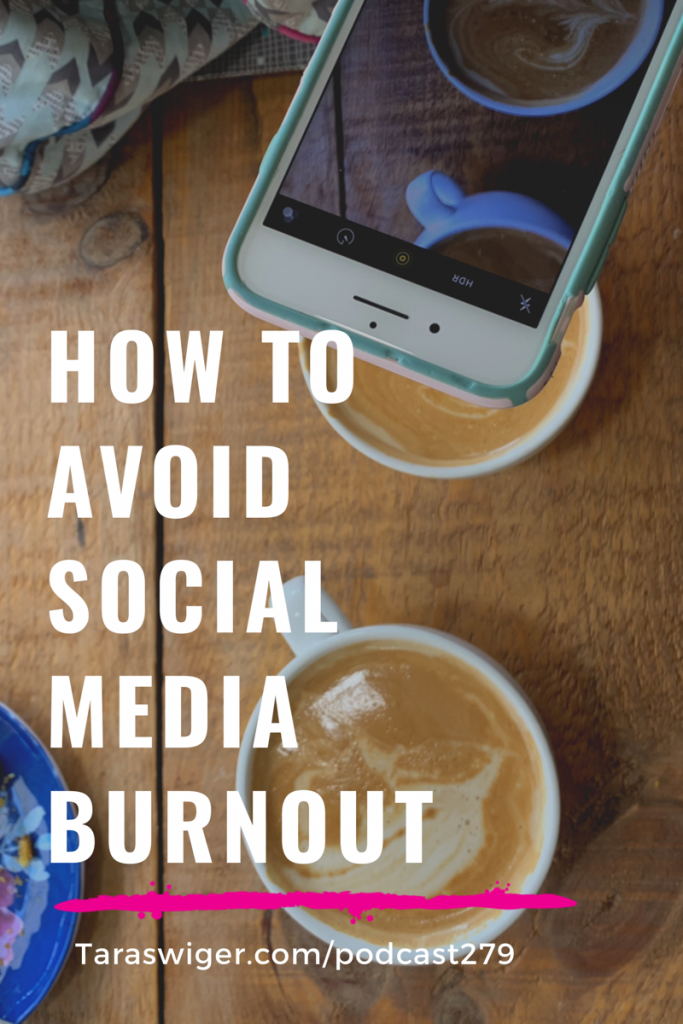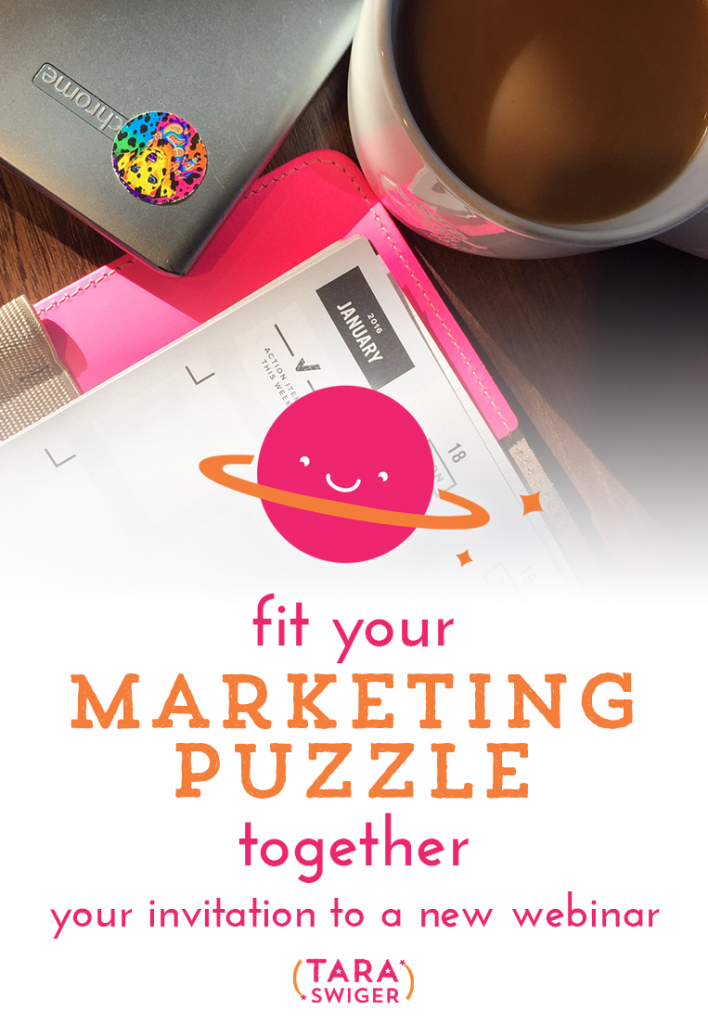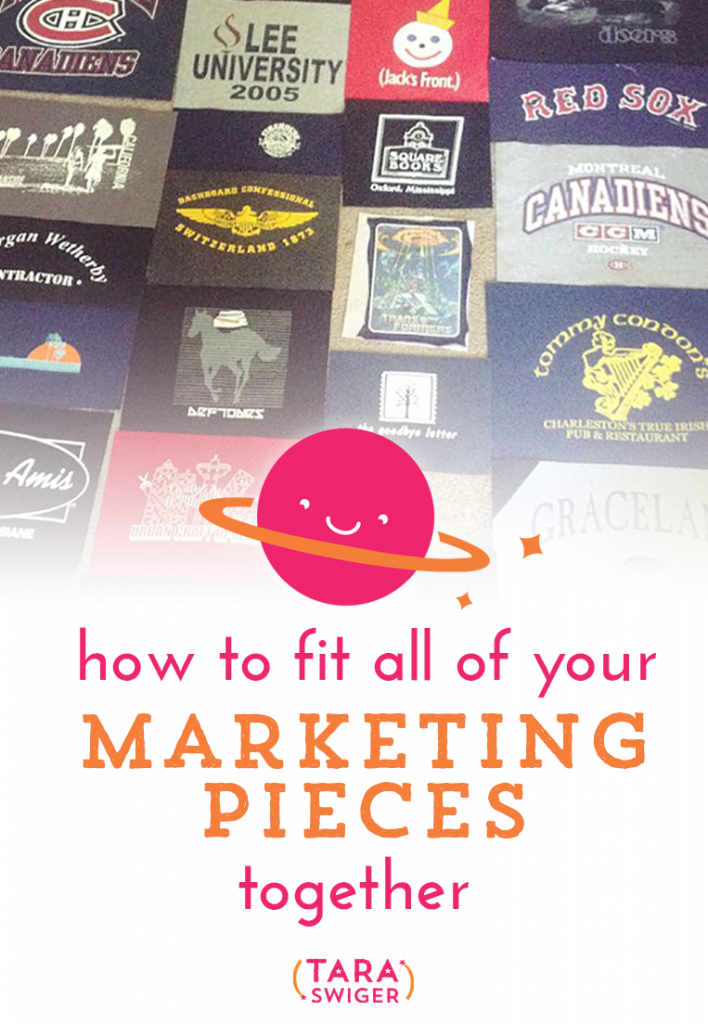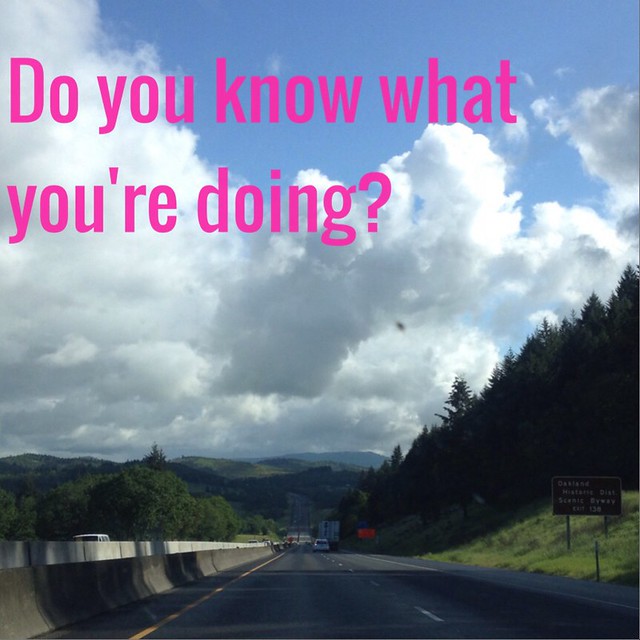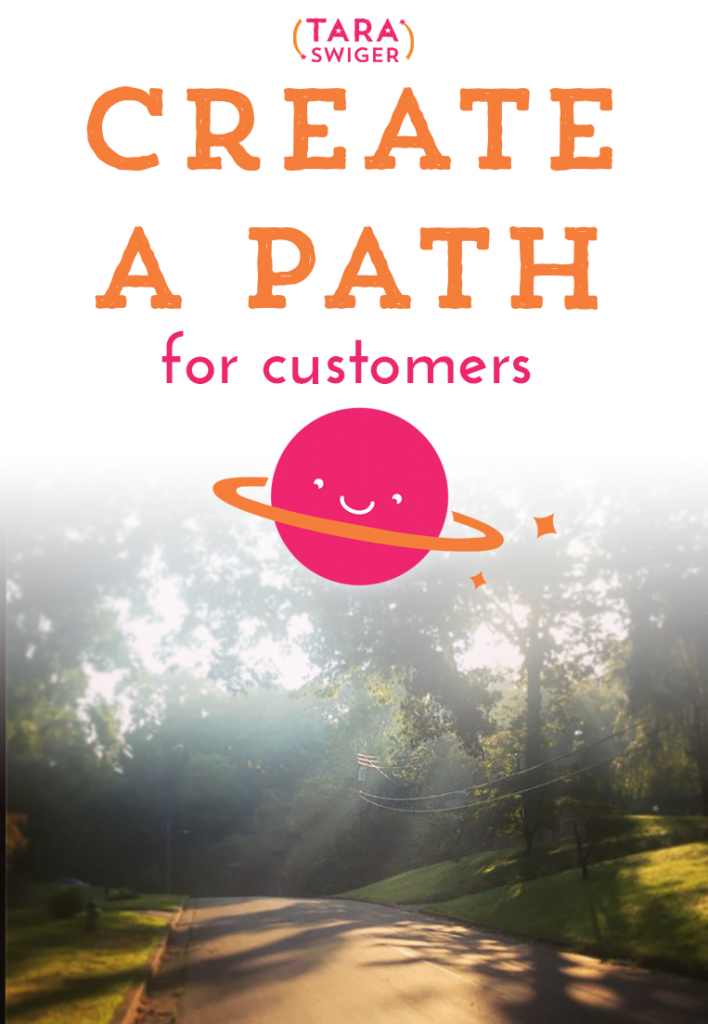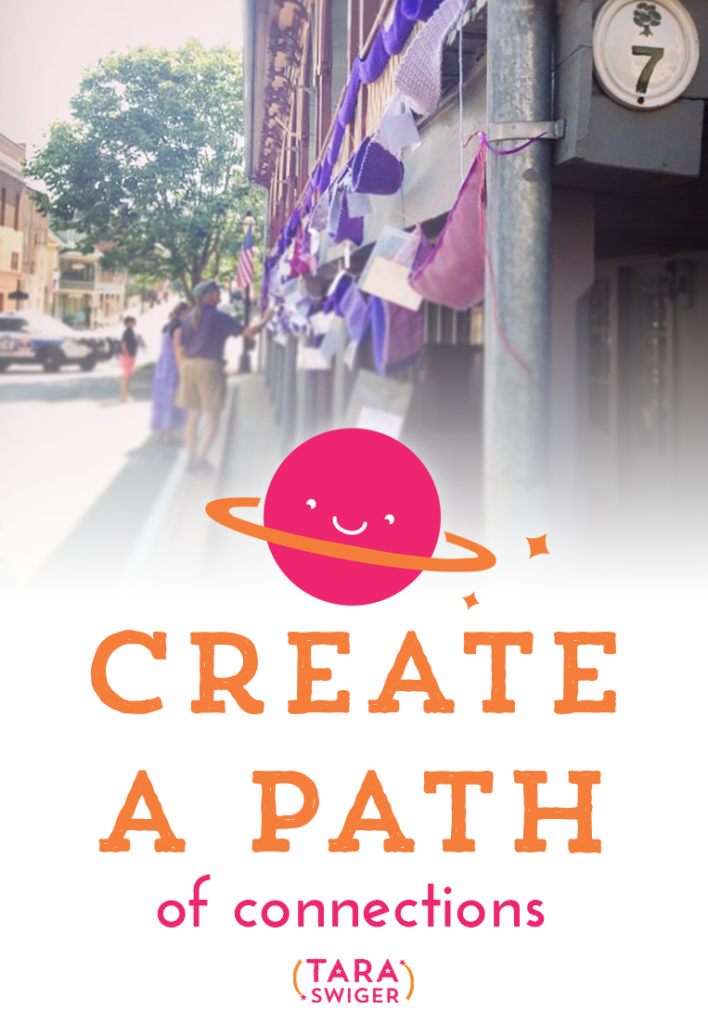Podcast: Play in new window | Download
Are you DREADING logging on to IG? Has it been WEEKS since you posted to your Facebook page or group?
Honey, you are not alone. It is totally normal to get burnout, and this week I'm going to help you avoid it and deal with it when it happens, and I'm going to give you a dose of tough love!
Today's episode is brought to you by my darling patrons, you can join them in supporting the show, at Patron.com/Taraswiger, for as little as $1/mo.
It is sooo easy to get burnt out with social media. You feel like you have to be on all the things – Instagram, Facebook, groups, maybe even Twitter or Tumblr or YouTube depending on your Right Customer.
Not only do you need to CREATE for those platforms, you also have to INTERACT, comment, like, reply to comments and DMs…. ahhhh
It can get super overwhelming very quickly.
So let's first talk about how to AVOID overwhelm and then how we will deal with it when it happens.
To start with you need to accept one very big Truth: you don't have to be on everything. In fact, you CANNOT be on everything. Because, hon, you aren't going to be GOOD at everything, in fact, you won't be good at most stuff. AT FIRST.
How you get good, is practice and consistency, without expectation.
Now I know that “expectation” bit is hard, because why else would we be on social media as business owners if we didn't have the expectation that it would help our business?
The answer is counter-intuitive: Lower your expectations a little! (or a lot)
If you hop on a social media platform, there will be a learning curve, if your expectations of yourself and your results are sky high, you WILL be disappointed. If you look at the whole experiment as a chance to learn and get better, you will be delighted at the results.
Because here's the thing: even doing a social media platform “badly” is a chance to learn about your CUSTOMERS.
Because let's back up here, you're going to choose platforms based on two things:
- What you like to do or want to do more of.
- Where your customers are.
Now the thing about the big platforms (IG, FB, Twitter, YouTube) is that they are big enough now that no matter the demographic of your Right Person, if they're under 65, they're going to be there. (if your target market is over 65, why are you even stressing about this?)
So if you're choosing a platform based on what you like or want to do more of, you're going to have more FUN while you learn it.
And if your customers are there, because it's SOCIAL, you're going to have a chance to learn about them, even if you aren't particularly good at creating content for it yet. You can see what hashtags they use, who they follow, what they post about, what they like. You can have conversations in the comments of THEIR posts, or even the posts of a bigger creator.
(I originally had podcasting here, but it's broadcasting media, not social media, right now there isn't a podcasting platform that lets everyone (maker and consumer) talk to everyone).
If, instead of looking at it as a chance to talk to your customers, you look at is a way to boost sales quickly, well you're going to feel pressured and that leads to burnout.
Social Media is not a sales tool, it's a marketing tool, 98% of the time.
What's that mean? It's not IG where you'll make the sale. On IG you'll build the relationship and point your follower to where they can learn more or check out what's for sale. But for most of us, IG -> email -> sale. If you do in-person events, SM -> event -> sale.
I know, I know, so-and-so posts pictures of what's for sale and she sells it right away. But you know what? She's ALREADY used IG to do marketing (spreading the message of her work – the value, the worth, the work that goes into it) AND she's built trust. She's done this with enough people so that when she posts something, at least one of them wants to buy it. So yes, you can make sales right from social media, EVENTUALLY.
In the short term, it's a listening tool and a learning tool. You can use it to experiment with messaging (you get a new chance every day) and you can use it to have conversations.
You might have noticed that earlier I said you're going to get better at it by doing it consistently. Yes, the more consistent you are with any tool in your business, the better results you're going to have…but that's another cause of burnout – trying to stick to a schedule that doesn't work for you. If you are feeling ragged trying to post daily, what if you did it 3x/week? It's better to be consistent 3x/week than to post a lot one week and not at all the next week. You'll feel better about your work, so you'll stick with it longer.
So far we're avoiding burnout by doing what we like, by having conversations with our customers, by doing it less often and by lowering our expectations.
The other way to avoid burnout is to give yourself a break. Whether you choose to do it weekly (I don't pick up my phone on Sundays) or you choose to do it for a longer stretch of time (I stay off social media when I'm traveling with my family, to give myself a real vacation), just take some time AWAY.
What if you're already all burnt out?
First, step away.
Just stop. Seriously. Nothing bad will happen.
Second, find the fun.
Notice what feels good, what you have fun doing and do more of that. Maybe it's pictures of flowers, maybe it's funny memes, maybe it's videos about books, like it is for me. Dip your toe back in with what's fun.
Third, lower your expectations, yes, even more.
Social media cannot be your entire business (unless you're a social media consultant, and then why are you listening to this?). Social media is ONE way you can practice your messaging and build trust through consistency. Your business is your product, your pricing, your messaging, and your follow-through. I teach all about these foundations and how to make them stronger in my new masterclass. You can find out when the next encore presentation is at TaraSwiger.com/foundations
How to listen
- You can subscribe to it on iTunes (If you do, leave a review!)
- You can listen to it using the player above or download it.
- Subscribe or listen via Stitcher (or subscribe in whatever you use for podcasts – just search “Explore Your Enthusiasm” and it should pop up!).

